Welcome to the second part in a series of posts in which I’ll go through the process of plugging Steamer’s Rest of Season (RoS) projections into your existing ranking/dollar value spreadsheet so you can make informed and objective roster decisions during the season.
If you register as an SFBB Insider (it’s free), you can receive the entire series in an easy-to-use e-book (also free) along with two other helpful guides. I’ve also written a comprehensive guide on ranking players and calculating player dollar values that’s available at Amazon.
Introduction
In the second part of the series we will download the free Rest of Season Steamer projections that are available from Fangraphs.com.
Step-by-Step Instructions
| Step | Description |
|---|---|
| 1. | Visit Fangraphs’ Steamer RoS projections at this link or visit Fangraphs.com and hover over the “Projections” link on the menu bar and look for “Steamer (RoS)”. |
| 2. | Once the page loads, use the link to “Export Data”. |
| 3. | The data will download in CSV (comma separated value) format. Locate the downloaded CSV file and open it.
It should open in Microsoft Excel (if it doesn’t, launch Excel and then use the File>Open menu to open the CSV file). You might recall from our earlier work that theFangraphs reports come withPlayerID as the last column in the file. We must move thisto be the first column so we can later use the VLOOKUP formula to pull data from theseRoS projections.Once the file opens, locate the “playerid” column. Right-click on the column header (column “W” in the image below) and choose to Cut the column. |
| 4. | Now right-click on the first column header and choose the option to “Insert Cut Cells”.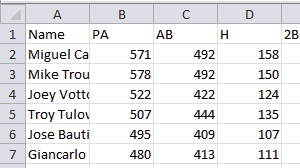 |
| 5. | Repeat the steps above for pitchers. You can obtain RoS Steamer pitcher projections here or by clicking the “Pitchers” button at the top of the Steamer hitters web page.
The “playerID” column is currently column “S” in the Steamer RoS download. |
| 6. | You have finished reordering the information and have copied it so it can be pasted into your rankings and dollar value calculation spreadsheet. |
Example Excel File
We did not edit the main dollar value calculation spreadsheet in this part, so no example spreadsheet is provided.
Questions?
Do you have questions about Part 2? Or want to see what others have asked? Comment below.


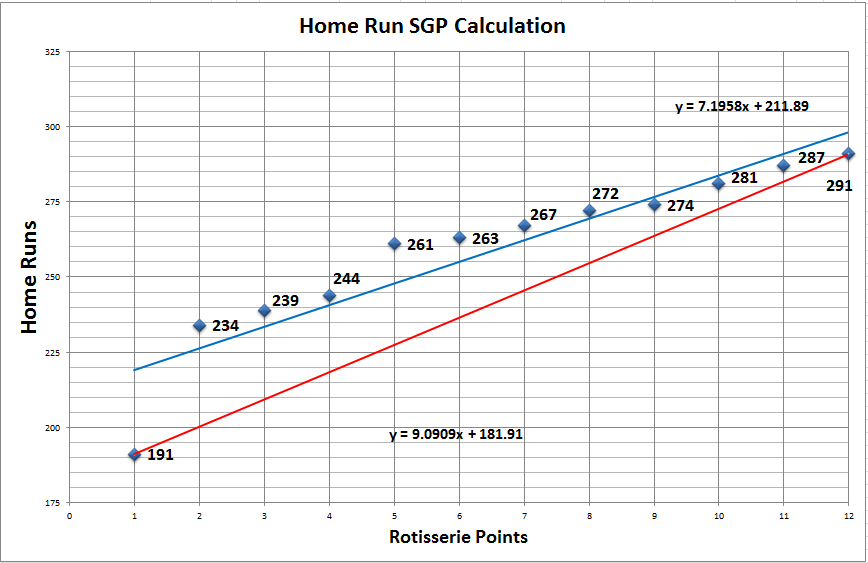

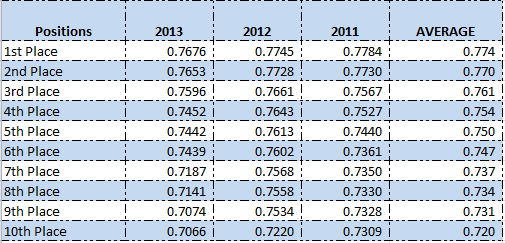


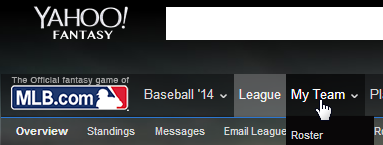

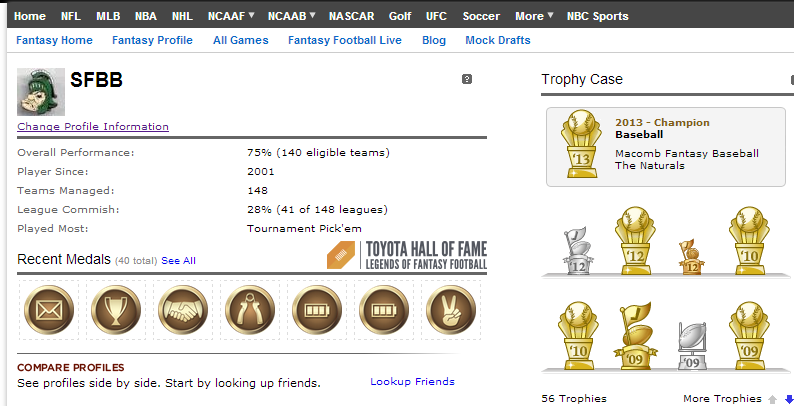

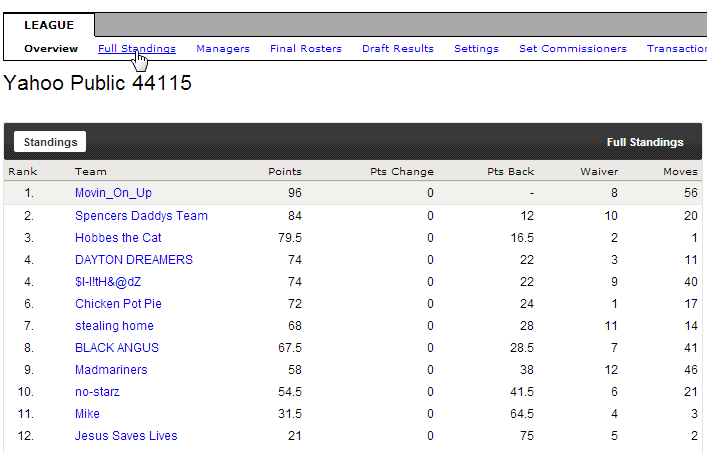
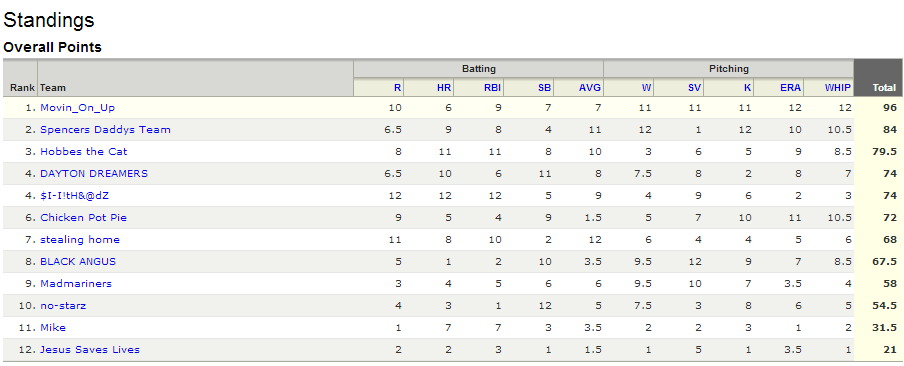 And the accumulated team stat totals are at the bottom.
And the accumulated team stat totals are at the bottom.

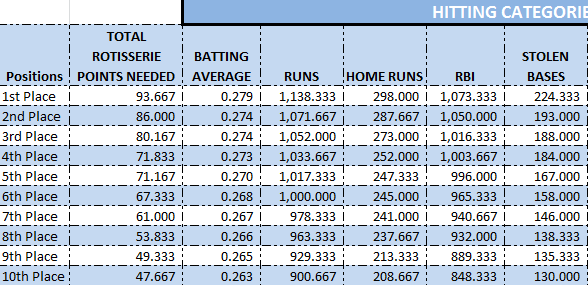
 Or use the buttons below if you'd like to purchase the guide now for $9.99.
Or use the buttons below if you'd like to purchase the guide now for $9.99.

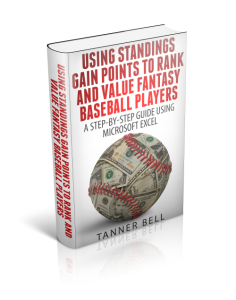 I’m very happy to announce that I’ve just finished the “missing pieces” to the “Create Your Own Fantasy Baseball Rankings” guide.
I’m very happy to announce that I’ve just finished the “missing pieces” to the “Create Your Own Fantasy Baseball Rankings” guide.